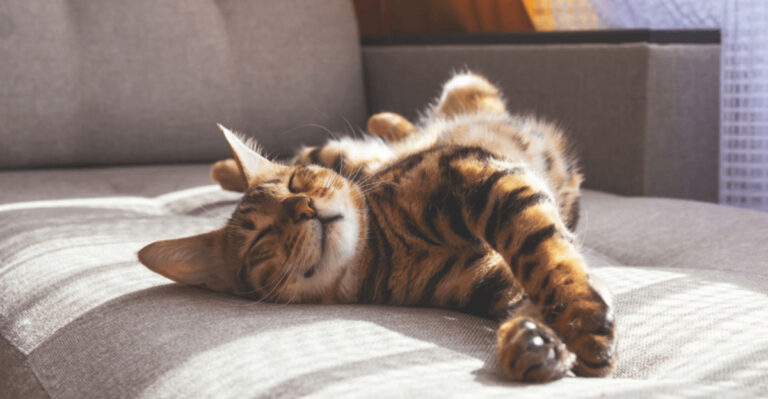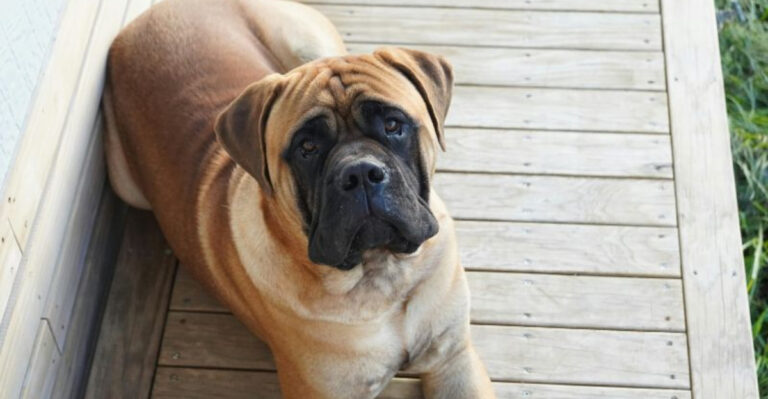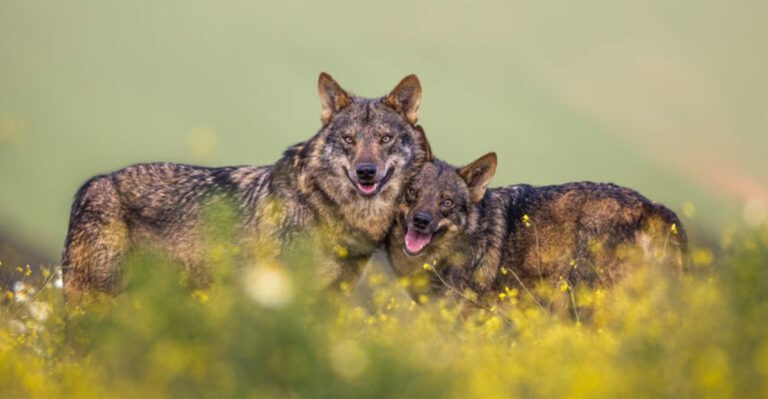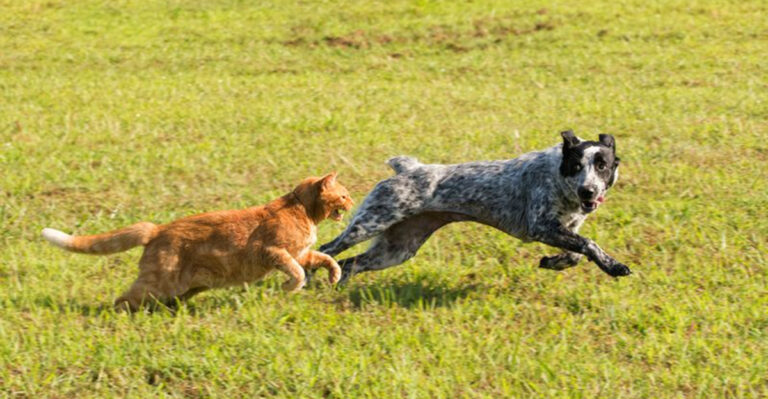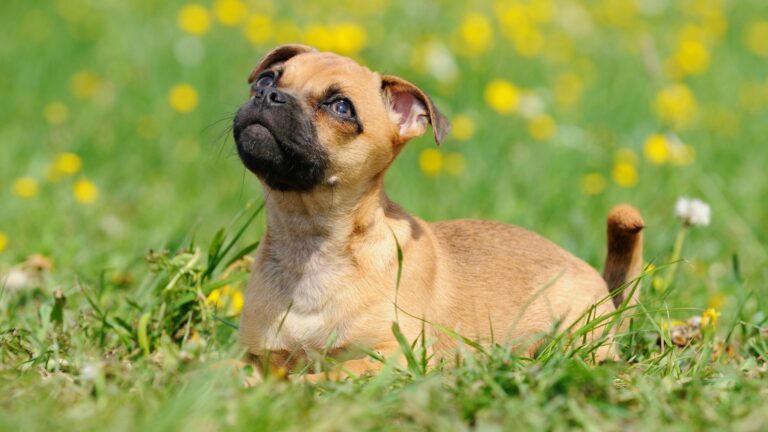Vet Nurse Recommends Avoiding These 17 Dog Breeds
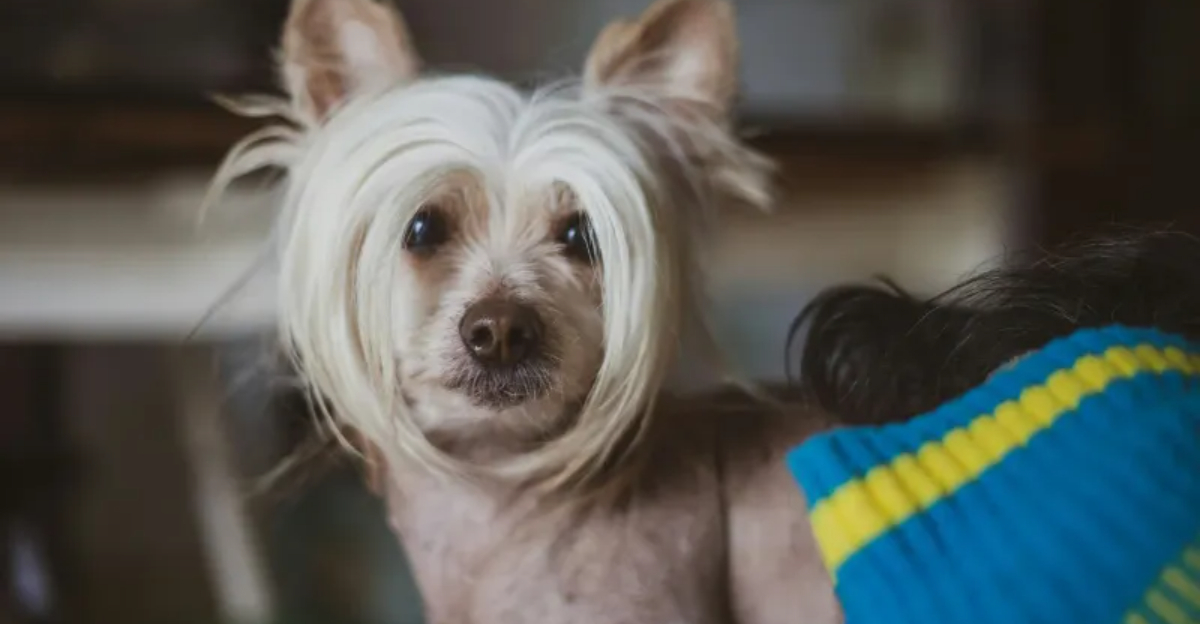
Ever wondered which dog breeds might not be the best fit for your home? As a vet nurse with over a decade of experience, I’ve seen firsthand which breeds often present challenges for average pet owners.
While every dog is an individual, certain breeds consistently show traits that make them difficult companions for typical families. Here’s my professional insight on breeds you might want to think twice about before bringing home.
1. Tibetan Mastiff

Fiercely independent and territorial giants who aren’t interested in pleasing you. These ancient guardian dogs require experienced handlers who understand their stubborn nature.
Originally bred to protect livestock in the Himalayas, they maintain strong protective instincts that can become problematic in suburban settings. Their thick double coat also demands extensive grooming.
2. Chow Chow
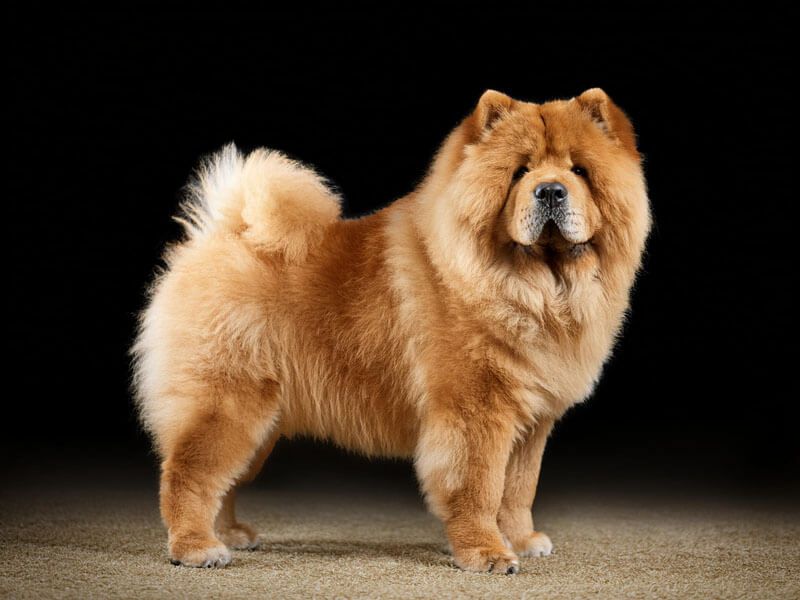
Behind that adorable teddy bear face lies a stubborn, aloof personality. Chow Chows typically bond with one person while remaining suspicious of strangers, creating challenging social situations.
Health issues plague this breed, from eye problems to hip dysplasia. Their dense double coat requires daily brushing, and without proper socialization, their natural aloofness can develop into aggression.
3. Caucasian Shepherd
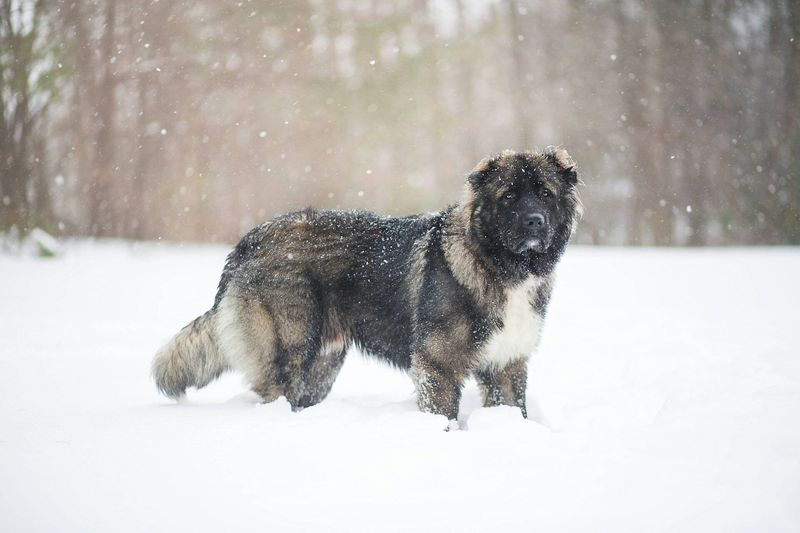
Imagine a 200-pound ball of fur with the protective instinct of a mother bear. Caucasian Shepherds were bred to fight wolves and guard property in harsh mountain regions.
Their extreme territorial nature makes them inappropriate for most living situations. Without extensive training, these powerful dogs can become dangerously protective. They also drool excessively and shed enough fur to create another dog.
4. Cane Corso
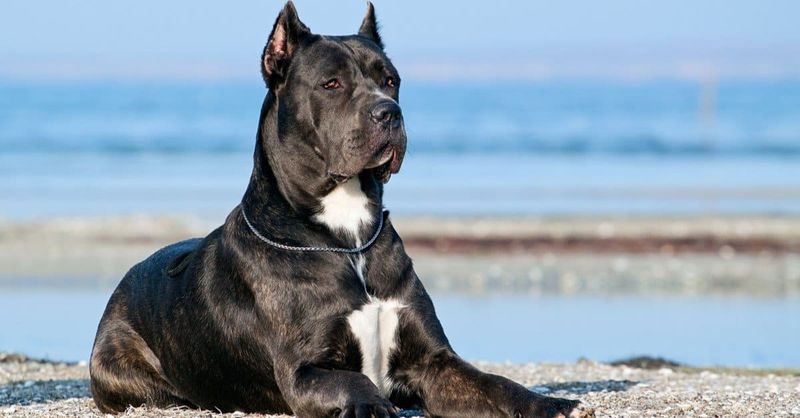
Raw power packed into a muscular frame, Cane Corsos demand an owner who exudes natural authority. Without consistent leadership, these Italian mastiffs quickly take charge of your household.
Their guarding instincts run deep, making socialization critical yet challenging. Healthcare costs add up quickly with their predisposition to hip dysplasia, heart problems, and eye conditions. Not to mention, their drooling capabilities are legendary.
5. Akita
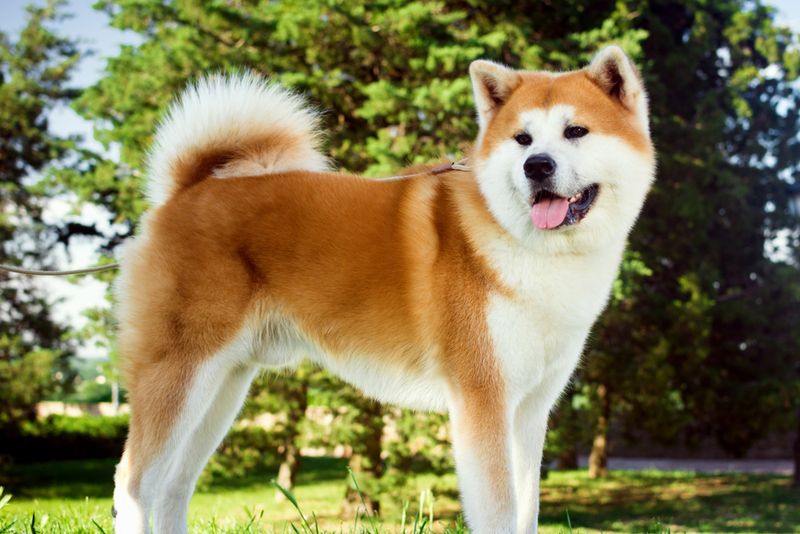
Famous for loyalty, Akitas come with a stubborn streak a mile wide. These dignified dogs think independently and often view commands as mere suggestions rather than requirements.
Same-sex aggression runs strong in this breed, making multi-dog households tricky. Their strong prey drive means smaller pets might be viewed as targets. Health-wise, they’re prone to expensive conditions including autoimmune disorders.
6. Fila Brasileiro
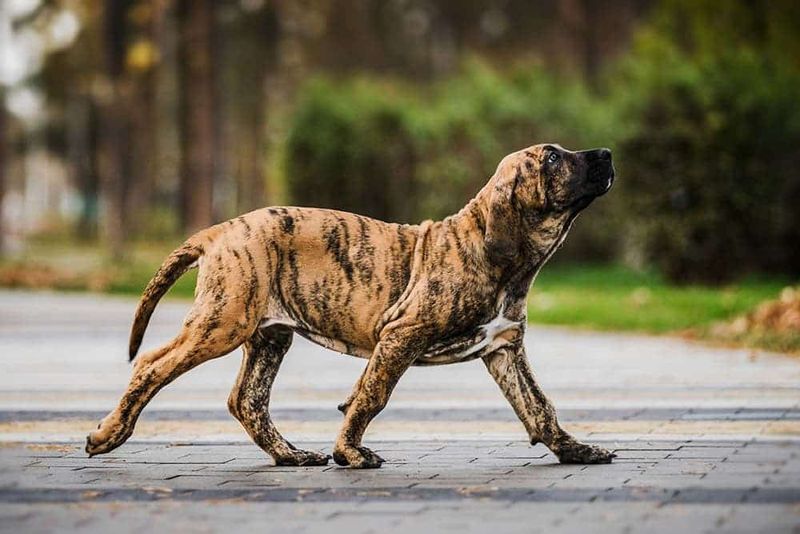
Banned in several countries for good reason, the Fila Brasileiro takes suspicion of strangers to new heights. Their temperament is described as ‘ojeriza’ – an inherent distrust of strangers that cannot be trained away.
Massive and muscular, these Brazilian tracking dogs require extensive space and exercise. Their strong-willed nature demands experienced handling, and their health issues can quickly drain your bank account.
7. Belgian Malinois
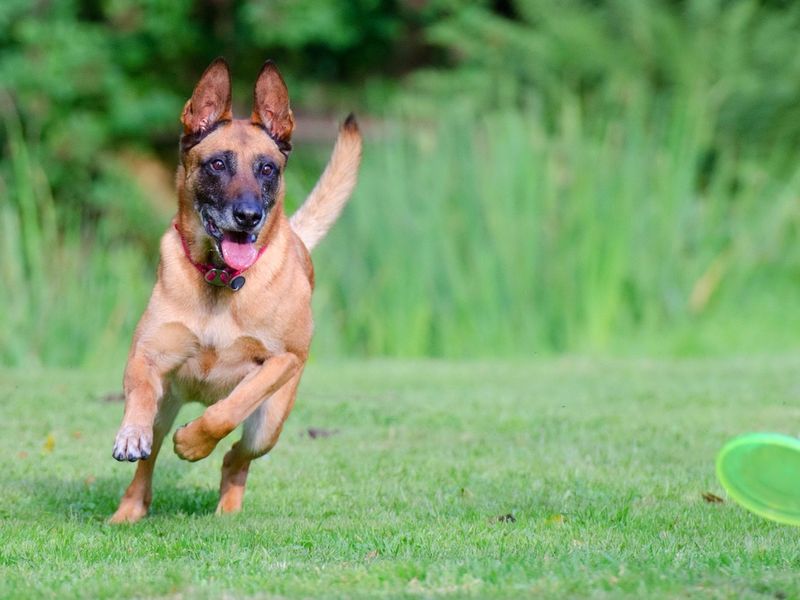
Rocket-powered intelligence with no off switch describes the Belgian Malinois perfectly. These working dogs excel in police and military roles but can become destructive tornados in average homes.
Without 2-3 hours of daily physical and mental challenges, they’ll redesign your furniture and landscaping. Their intensity and drive make them inappropriate for casual dog owners. When bored, their problem-solving abilities become your worst nightmare.
8. Dogo Argentino
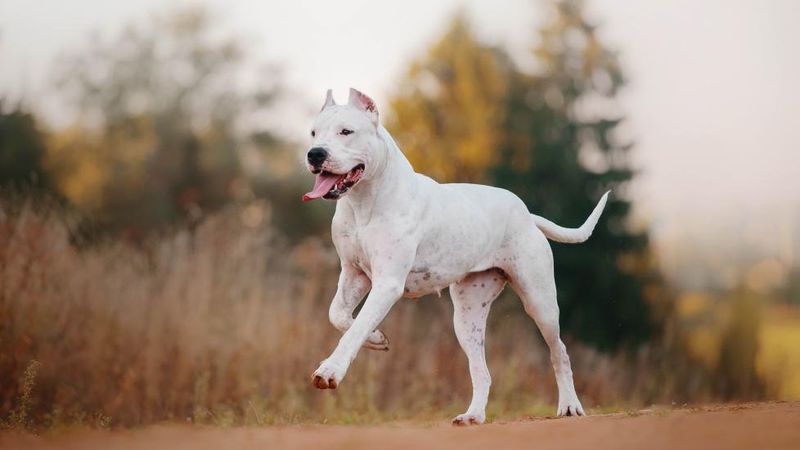
Athletic powerhouses bred for hunting wild boar, Dogo Argentinos possess strength that demands respect. Their high prey drive makes them challenging around smaller animals, including neighbor pets.
Deafness affects roughly 10% of the breed, adding training complexities. Their short white coat offers zero protection from sun, leading to sunburn and increased skin cancer risk. Their exercise needs overwhelm most urban living situations.
9. Shar-Pei
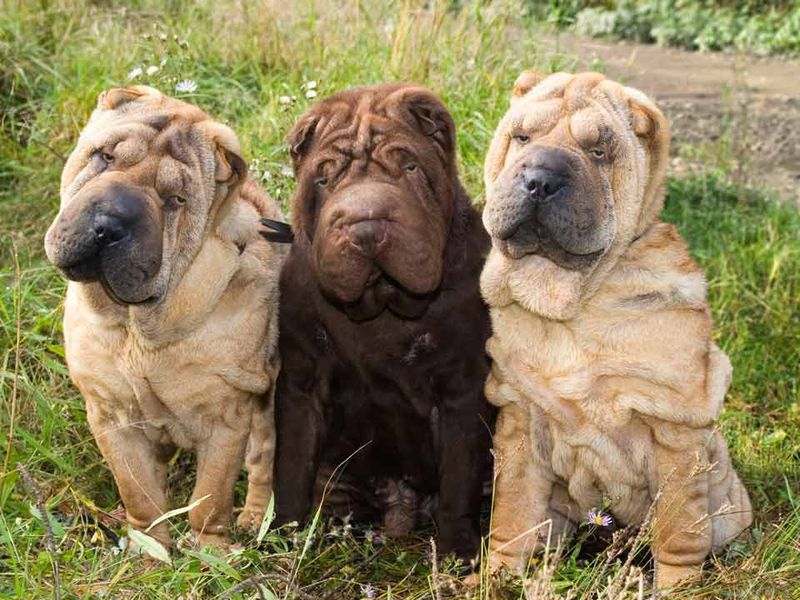
Wrinkles aren’t just cute features – they’re breeding grounds for chronic skin infections. Shar-Peis require regular fold cleaning to prevent painful dermatitis and the distinctive odor that develops between those adorable wrinkles.
Stubbornness defines their personality, making training a test of wills. Their history as fighting dogs contributes to dog-aggression tendencies. Many suffer from Shar-Pei Fever, a serious condition requiring lifelong management.
10. Alaskan Malamute
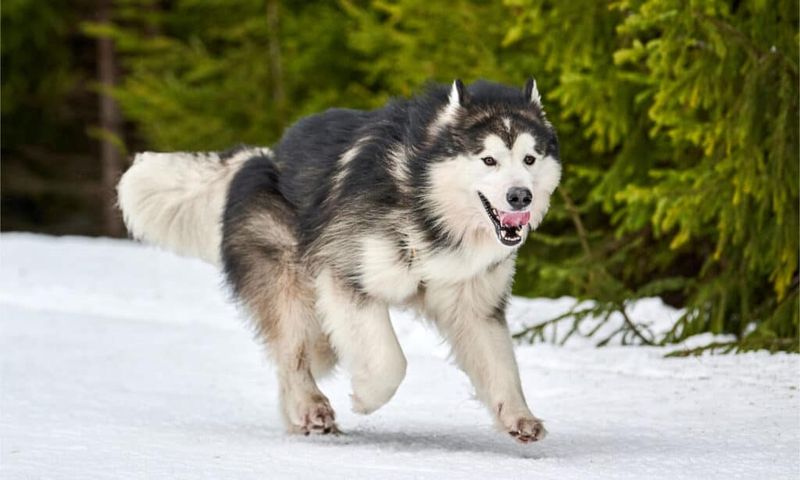
Forget having a garden if you welcome a Malamute home. These Arctic sled dogs transform yards into moonscapes with their enthusiastic digging habits.
Escape artists by nature, they require Fort Knox-level containment. Their thick double coat explodes twice yearly in spectacular shedding events that will clog your vacuum. Independent and strong-willed, they view training as optional and often prefer their own agenda.
11. Presa Canario
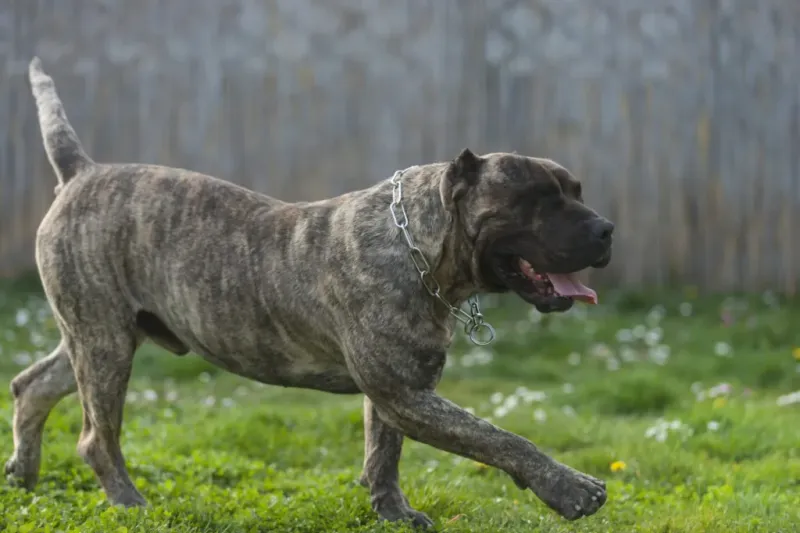
Power and dominance define the Presa Canario, a breed developed for livestock guarding and dog fighting. Their strength requires an experienced owner who understands canine body language and hierarchy.
Early and extensive socialization is critical yet challenging. Their protective nature can escalate to aggression without proper handling. Healthcare costs skyrocket with their predisposition to hip dysplasia, heart problems, and patellar issues.
12. Tosa Inu
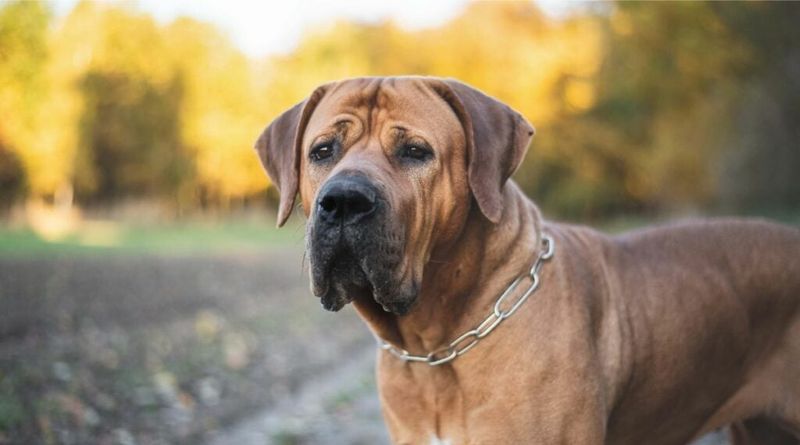
Japan’s answer to the mastiff, Tosa Inus were bred specifically for fighting and remain banned in many countries. Their calm demeanor masks incredible strength and fighting ability that requires expert management.
Socialization challenges abound with their natural suspicion of other dogs. Their size alone—often exceeding 130 pounds—creates housing and handling difficulties. Healthcare for these giants comes with an equally giant price tag.
13. Afghan Hound
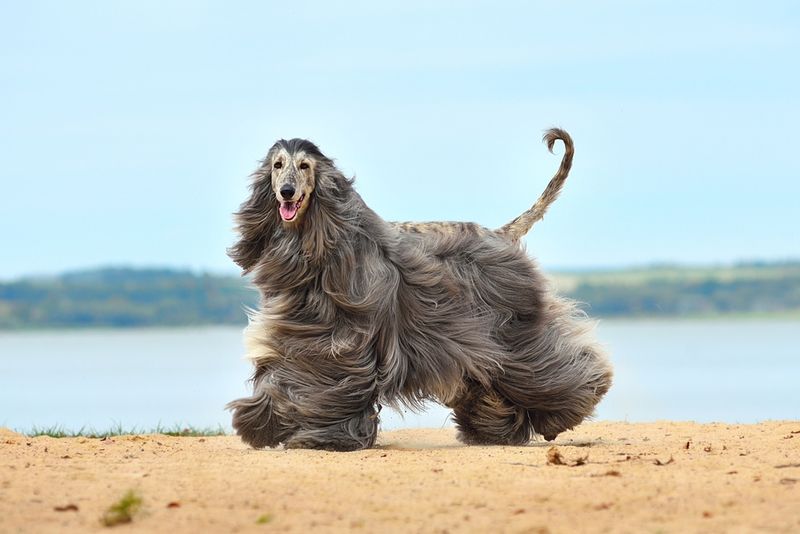
Glamorous runway models of the dog world, Afghan Hounds require grooming commitments that rival having a part-time job. Their silky, flowing coat tangles easily, demanding hours of brushing weekly.
Behind those elegant features lies a stubborn, independent mind with selective hearing. Their prey drive sends them chasing after anything that moves. Exercise needs are substantial, and their aloof personality often leaves owners feeling unappreciated.
14. Saint Bernard
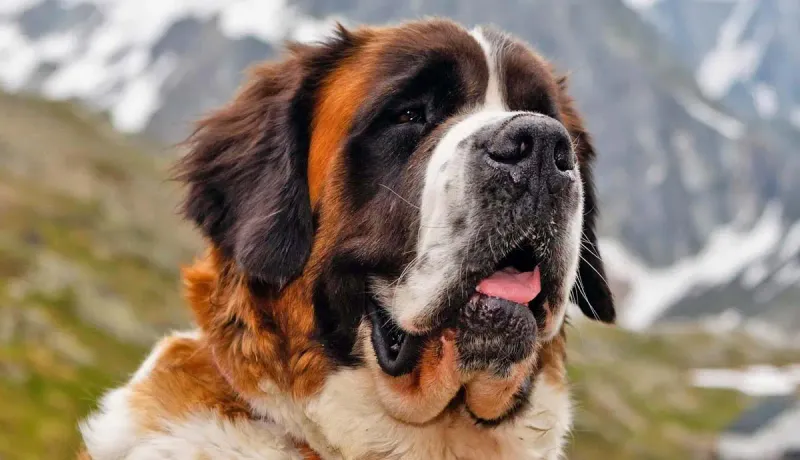
Gentle giants who produce Olympic-level amounts of drool. Saint Bernards leave slime trails across floors, walls, furniture, and your clothing. Their massive size means everything costs more—food, medications, even flea treatments.
Heat intolerance makes them unsuitable for warm climates. Their short lifespan (8-10 years) brings heartbreak sooner than expected. And those adorable puppies? They grow into 180-pound adults who think they’re still lap dogs.
15. Borzoi

Lightning-fast aristocrats with a stubborn streak, Borzoi were bred to think independently while hunting wolves across Russian plains. This translates to selective obedience in modern homes.
Their fragile build makes them surprisingly injury-prone despite their size. Countersurfing becomes an art form with their height. Their chase instinct makes reliable recall nearly impossible, meaning off-leash activities remain perpetually risky.
16. Chinese Crested
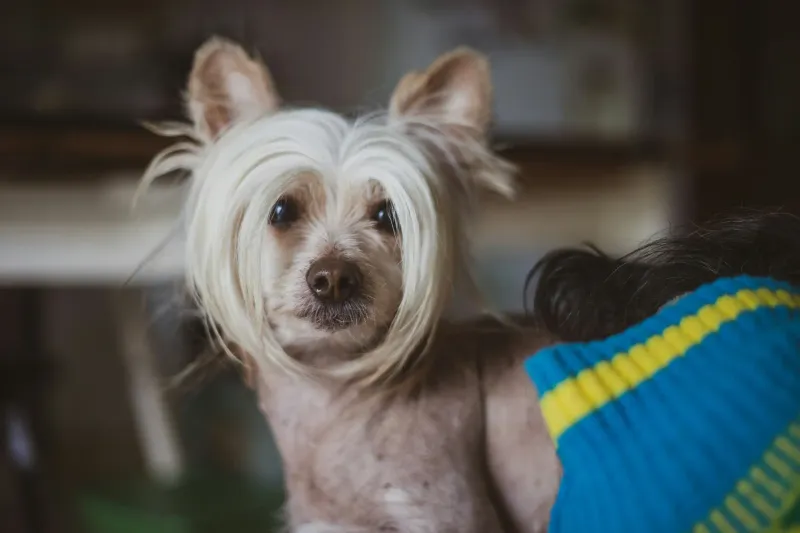
Mostly hairless doesn’t mean less maintenance. Chinese Cresteds require regular skin care including sunscreen application to prevent painful sunburns. Their exposed skin develops acne, blackheads, and irritations requiring constant attention.
Dental problems plague the breed, often resulting in early tooth loss. Their delicate build makes them injury-prone around larger pets or children. Winter walks require an extensive wardrobe of sweaters and coats.
17. English Bulldog
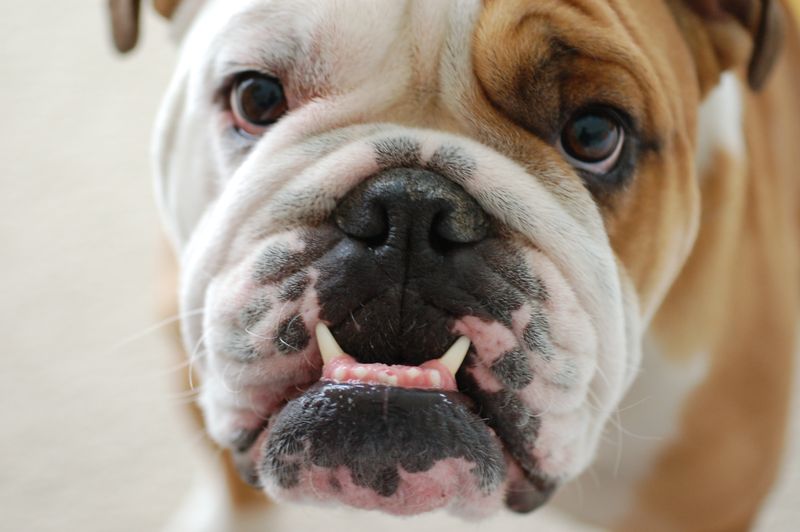
Adorable wrinkly faces come with a lifetime of health problems. English Bulldogs struggle to breathe properly due to their brachycephalic (flat-faced) structure, making exercise difficult and heat dangerous.
Skin fold infections develop between those cute wrinkles. Reproductive issues mean most require costly C-sections to deliver puppies. Their modified structure leads to joint problems, and many develop chronic allergies requiring expensive medications.

